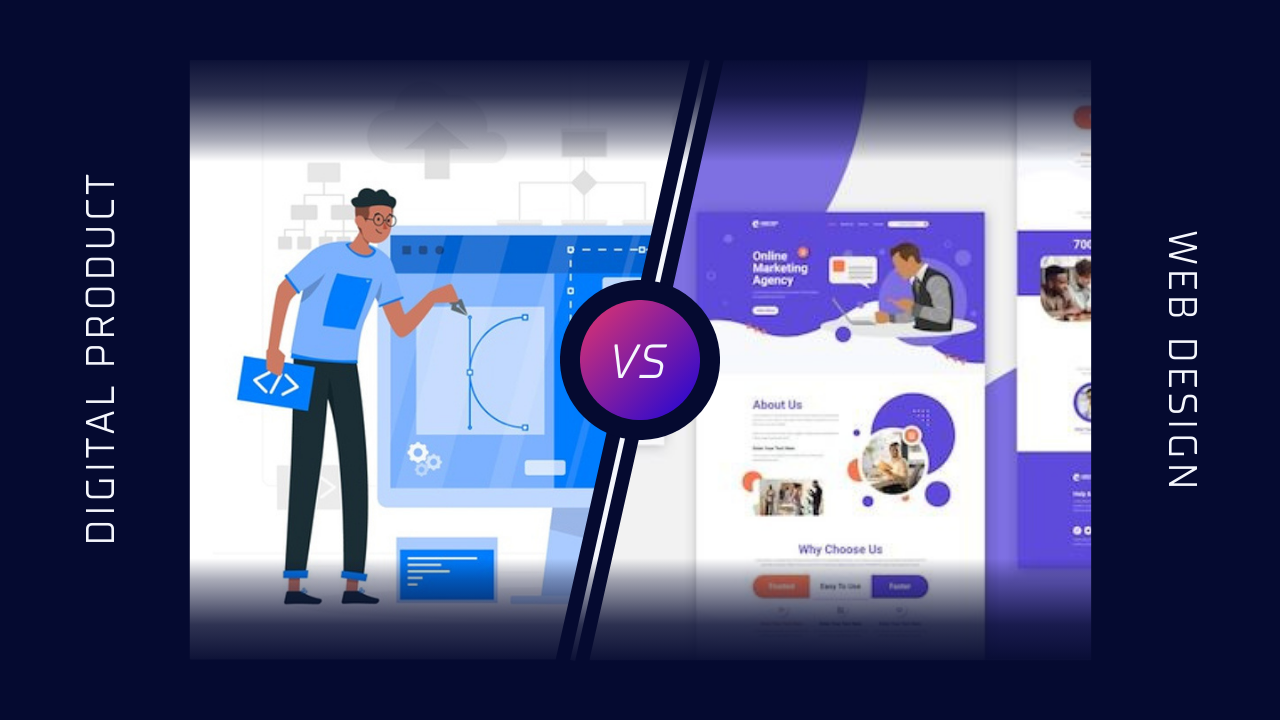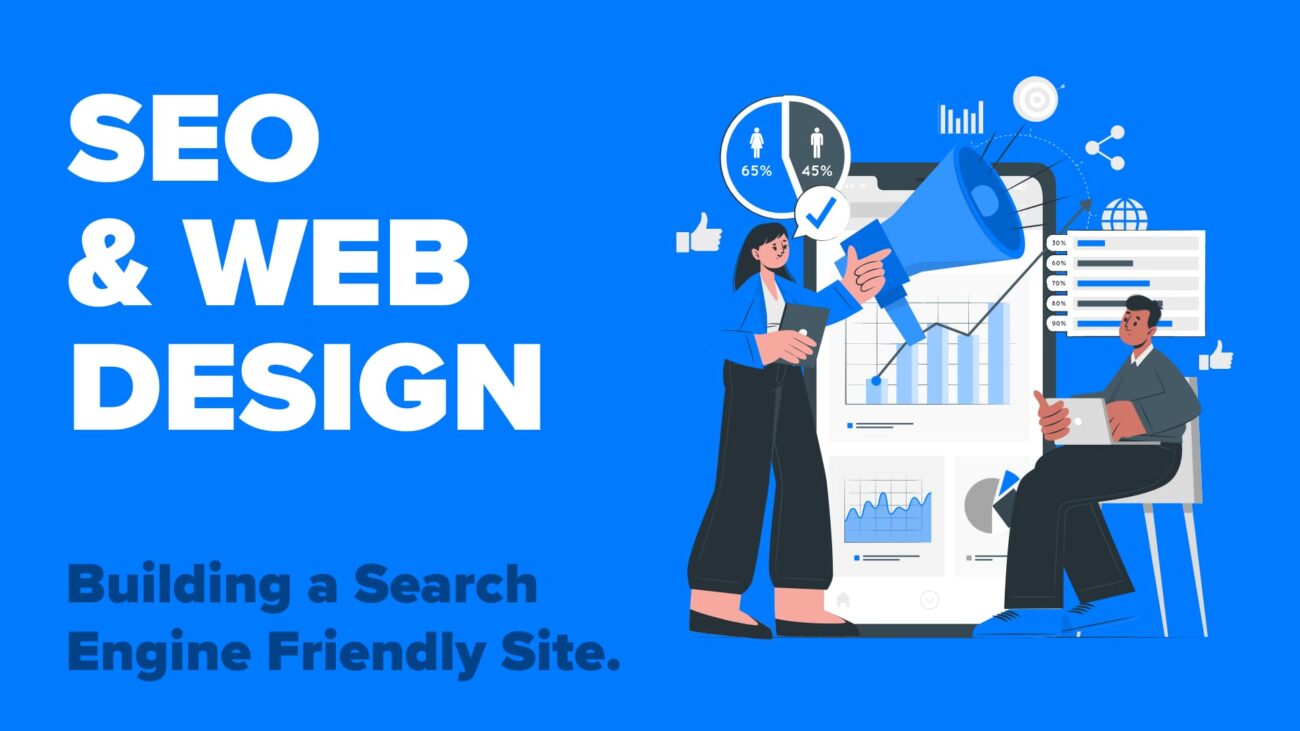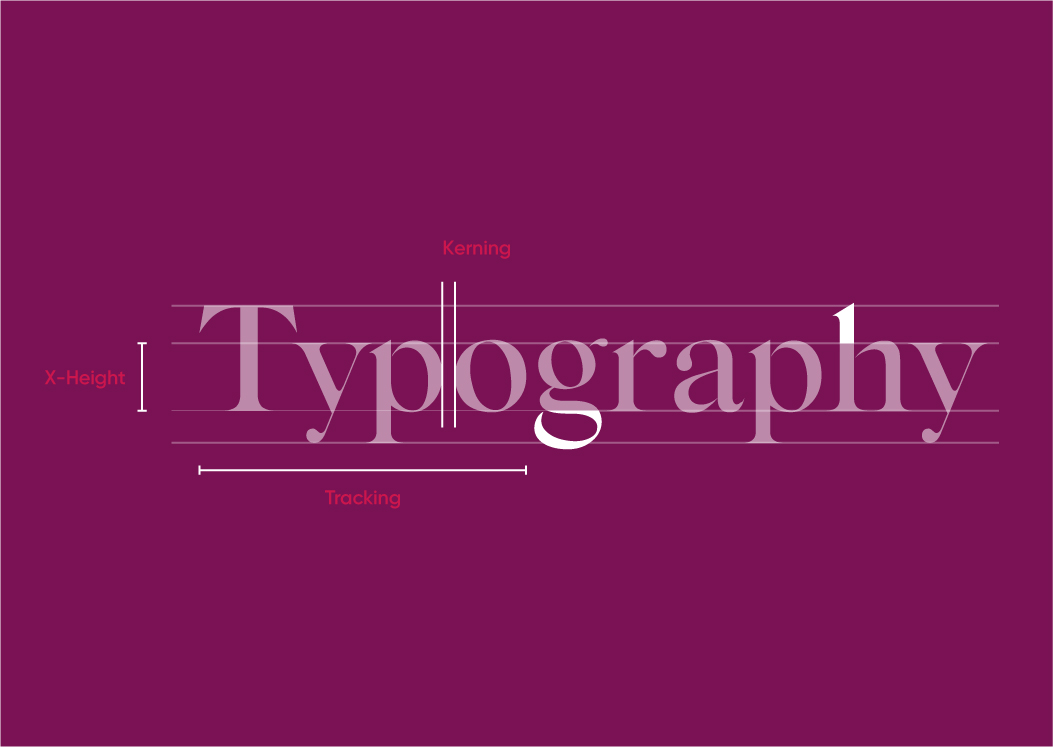The integration of artificial intelligence (AI) into the world of design is rapidly changing the game, transforming how professionals and businesses approach design challenges and predict emerging trends. As the digital landscape evolves, staying ahead of the curve is crucial for creating relevant, modern, and engaging designs. In this blog, we will explore how AI is revolutionizing the design industry by predicting trends and offering insights into the future of design.
The Evolution of AI in Website Design
AI technology has been a game-changer in numerous industries, and design is no exception. In recent years, AI has evolved from merely assisting designers to actively shaping the future of the industry. With access to vast datasets and the ability to analyze patterns and trends, AI provides designers with a new level of foresight and creativity.
Predicting Design Trends with AI
- Data-Driven Insights: AI algorithms can process vast amounts of data, including social media trends, search queries, user preferences, and historical design patterns. By analyzing this data, AI can identify emerging trends and provide designers with insights into what will be popular in the near future.
- Consumer Behavior Analysis: AI can analyze consumer behavior data to identify changing preferences and predict what types of designs will resonate with audiences. This enables designers to create content that aligns with consumer expectations and desires.
- Visual Recognition: AI-powered visual recognition technology can scan and categorize designs, allowing for trend analysis across different mediums such as graphics, photography, and illustrations. This helps designers understand which visual elements are becoming more popular.
- Market Research: AI can assist with market research by analyzing industry reports, news articles, and social media chatter to identify emerging trends. This information can guide designers in creating products and services that cater to the latest market demands.
- Trend Forecasting: AI can forecast design trends by identifying patterns and correlations in data over time. This can help designers anticipate future shifts in style, color palettes, typography, and other design elements.
Examples of AI-Driven Design Trend Predictions
- Color Trends: AI can analyze color usage across different industries and predict which color palettes will dominate in upcoming seasons. This can help designers create visually appealing and relevant designs that align with future trends.
- Typography Trends: By analyzing font usage across different media, AI can identify emerging typography trends. This can guide designers in choosing fonts that resonate with current and future audiences.
- Material and Texture Trends: AI can analyze data on material usage and textures in various industries, helping designers anticipate which materials and textures will become popular in the near future.
- Design Element Trends: AI can identify patterns in design elements such as shapes, lines, and compositions across different media. This can help designers create cohesive and modern designs that align with emerging trends.
Benefits of Using AI for Predicting Design Trends
- Competitive Advantage: By leveraging AI to predict design trends, businesses and designers can stay ahead of the competition by creating designs that resonate with current and future audiences.
- Efficiency: AI can quickly process vast amounts of data, saving designers time and effort in conducting market research and trend analysis.
- Creativity Boost: AI-generated insights can inspire designers to explore new concepts and ideas, pushing the boundaries of their creativity.
- Cost-Effective: Predicting trends accurately can help businesses allocate resources more efficiently, focusing on designs that have the potential for higher returns.
Challenges and Considerations
- Data Quality: The accuracy of AI predictions depends on the quality and relevance of the data used for analysis. Designers should ensure that they use reliable and up-to-date data sources.
- Human Touch: While AI provides valuable insights, it should complement, not replace, human creativity and intuition. Designers should balance AI-generated predictions with their own expertise and artistic vision.
- Ethical Considerations: As AI becomes more integrated into the design process, designers must consider ethical implications, such as data privacy and potential biases in AI algorithms.
Conclusion
AI is transforming the way designers approach their craft by providing insights into emerging trends and helping them stay ahead of the curve. By leveraging AI-driven predictions, designers can create modern, relevant, and engaging designs that resonate with audiences and drive success. While there are challenges and considerations to keep in mind, the potential benefits of using AI to predict design trends make it a valuable tool for any designer or business looking to thrive in the dynamic world of design.
















